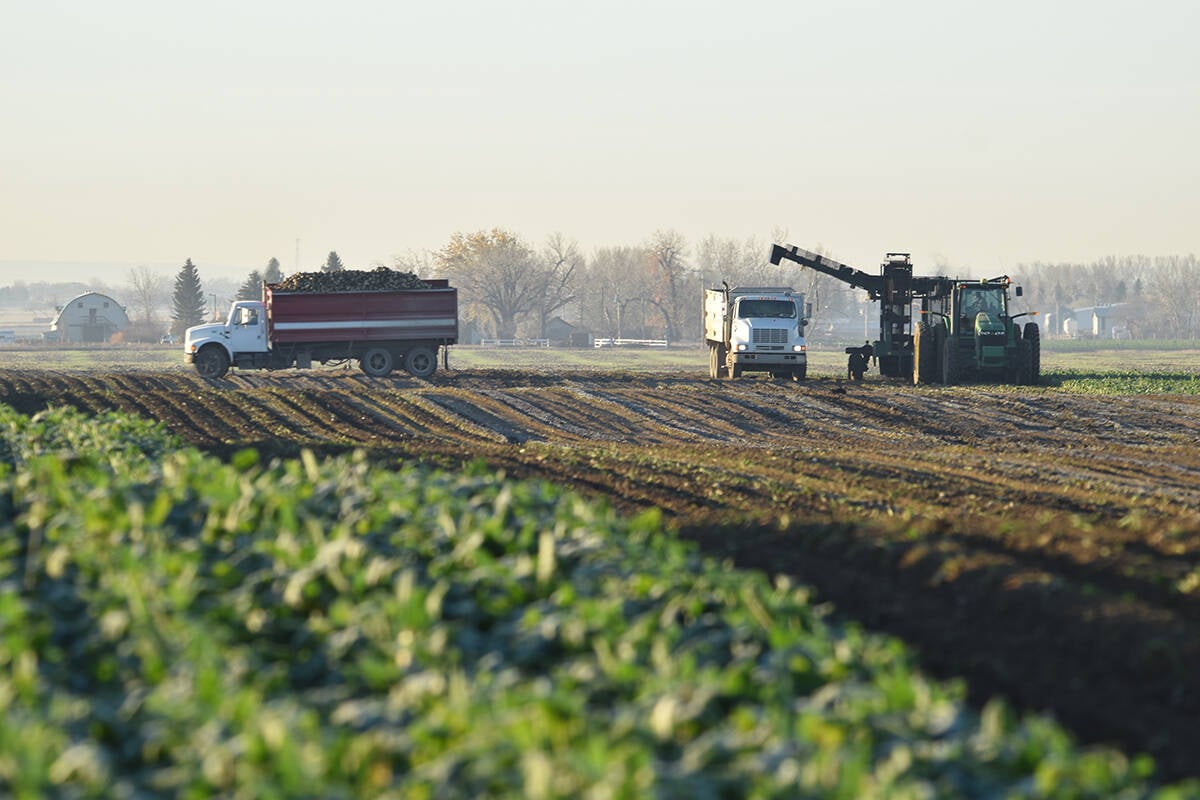SAN ANTONIO, Texas – Science is taking the guesswork out of cattle reproduction.
”We can successfully get cattle bred now by appointment,” says animal scientist Dave Patterson of the University of Missouri.
Research into estrus cycles and reproduction started in the 1920s with sheep. By the 1950s, hormone treatments had been introduced to the beef industry with varying degrees of success.
By 2000, more precise methods of estrus synchronization were increasing the success of artificial insemination. More than 10 percent of the U.S. cattle herd is now artificially inseminated, and the number is growing as AI protocols improve and pregnancy rates go up.
Read Also

Canada the sole G7 nation without a Domestic Sugar Policy to aid local sugar beet production
Canadian sugar beet industry vastly different to US with free-market system compared to protective government-regulated sugar program
Producers who have not tried AI say they do not use it because of lack of time, labour and cost. Others lack training to detect estrus or do the procedure.
Understanding cow biology helps producers decide which cows are the best candidates for hormone treatments. They can also decide which treatments to use so cows all cycle at about the same time.
Mike Smith of the University of Michigan told a two-day symposium on managing cow reproduction held during the recent National Cattlemen’s Beef Association annual convention in San Antonio that cows that conceive early in the breeding season produce a more uniform set of calves that weigh more at weaning time.
Cow gestation takes 270 to 300 days, which leaves producers about 80 days to get their cows rebred to produce calves every 365 days.
The average cow’s estrus cycle is 18 to 24 days, but some may be longer because of ovarian abnormalities. Ovulation occurs eight to 30 hours after the beginning of estrus. Proper estrus detection is key to a successful pregnancy rate.
It is also important for producers to realize at the start of the breeding season that there might be heifers that have not reached puberty or cows that have not started estrus.
“We need the body to go through certain physiological changes to have good fertility,” said Cliff Lamb of the University of Florida.
Many estrus synchronization products are available.
The old system required two shots of prostaglandin. Heat would start five days after the last injection. It only worked in cycling females. Newer techniques are available to inject cattle and bring on their cycles, but the cows may have to be handled more often.
Synchronization using injections of progesterone can prevent the female from showing estrus or ovulation until the desired time.
Pregnant cows release a protein that modifies the release of progesterone. A progesterone injection may cause an abortion.
“That is why it is important to have accurate breeding records,” Smith said.
Producers must also have realistic expectations of these programs, Lamb said, and the cows need a good nutrition program before breeding starts.
Some of the new techniques may also include more work.
One technique is the use of a controlled internal device release called a CIDR. It is a T shaped vaginal implant containing 1.38 grams of progesterone that are released over seven days. Hormone levels drop off once it is removed and the females display estrus within a few days.
“It seems to kick start those noncycling cows and pregnancy rates were greater when we used the CIDR in the better condition cows,” Lamb said.
“Any of those cows that were really thin, the CIDR didn’t help.”
Scientists used to think a suckling calf kept cows from returning to heat because of a suppressing hormone, but they now know it’s a phenomenon called the maternal bond that delays fertility. A cow will start cycling immediately if the calf is taken away.















